Fashion and function are not always the happiest bedfellows – you only need to look at MPVs to see that.
Despite being among the most versatile and practical machines on the road (MPV means ‘multi-purpose vehicle’, after all), people carriers have had an unhappy lot recently.
With SUVs continuing to surge ahead in the sales charts, worthy people carriers are falling by the wayside as buyers clamour for street cred and a little ‘lifestyle’ sparkle instead.
In the past few years we've lost the Ford S-Max, Ford Galaxy and Volkswagen Sharan to name but a few. Yet despite becoming marginalised, the MPV hasn’t slipped into obscurity just yet.
Moreover, for many large families with busy schedules, there’s still no substitute for these rational and thoughtfully designed models that put people and practicality at the heart of what they do.
Thanks to an extremely efficient use of space, they usually offer more value than vehicles with a similar footprint. They also tend to be packed with surprise-and-delight features that take the stress out of transporting families.
Traditionally MPVs are seen as seven-seaters, but the sector also includes five-seat models, and some even go up to nine seats. That's perfect for those who never need to carry extra passengers but do want the space and thoughtful design.
Increasingly, the class is seeing the arrival of van-based models, their boxy bodies and no-nonsense engineering making them the ultimate utilitarian family holdalls.
But which are the best? Here's our top 10 MPVs and people carriers…
Top 10 MPVs and people carriers
The cost of living crisis isn’t getting any easier for families, which is why the existence of the Dacia Jogger is great news for buyers on a budget.
A genuine seven-seat family car you can buy for less than £15,000, the Romanian people carrier truly is a car for our times. Yet there’s so much more to this versatile machine than its bargain basement price.
Sure, the Jogger isn't the biggest, cleverest or most versatile car in its class, but once you get down to brass tacks you’ll discover that it’s arguably all the car your growing brood really needs.
It offers five decent-sized seats and a couple of more kiddy-sized ones in the boot, but the latter can easily be lifted out entirely when you've got big loads to carry.
Others are more glamorous, faster and offer greater technological gewgaws, yet drive the Jogger and you’ll realise that you don’t need any of these extras. In fact, you’re arguably better off without them.
The Jogger shares its model platform with the Dacia Sandero supermini (which in turn is based on the latest Renault Clio) as well as its 1.0-litre, 109bhp petrol engine.
Outright performance is pretty modest but also more than adequate, the thrummy three-cylinder delivering reasonable torque for mid-range hauling, while a tall top gear serves up economical long-distance driving.
Its bubbly energy takes a hit when you’re seven-up and fully loaded, but you’ll always be able to keep up with the flow.
There’s also now the option of the 1.6-litre petrol-electric hybrid (essentially the Renault E-Tech system), which delivers 138bhp and some eye-catching fuel economy figures.
Performance is a little stronger (but not much), while the automatic-only gearbox option will appeal to many. However, in the real world it is barely any faster or more frugal than the 1.0-litre, so unless you must have a hybrid then we’d stick to the standard car.
Ride and handling are every bit as capable as you’d expect, with the longish travel suspension doing a decent job of soaking up pockmarked surfaces.
The steering is accurate and despite comical levels of body roll when pushing on, the Jogger clings on tenaciously. Yes, the Dacia is built in Romania, but there’s a loping, easy-going vibe about the Jogger that’s reminiscent of parent brand Renault’s comfier offerings.
The cabin is pretty sparsely fitted out in the case of lower-trim models, in which there's simply a built-in smartphone holder for in-car entertainment and navigation – but upper-level ones offer a fitted touchscreen system and factory navigation as standard. And there are even clever roof bars that can convert into a roof rack of their own, for the storage of bikes and roof boxes.
There hasn't been a new MPV with the potential to rejuvenate interest in this flagging class for a decade or more, but the Jogger's value alone could do that.
Read our Dacia Jogger review

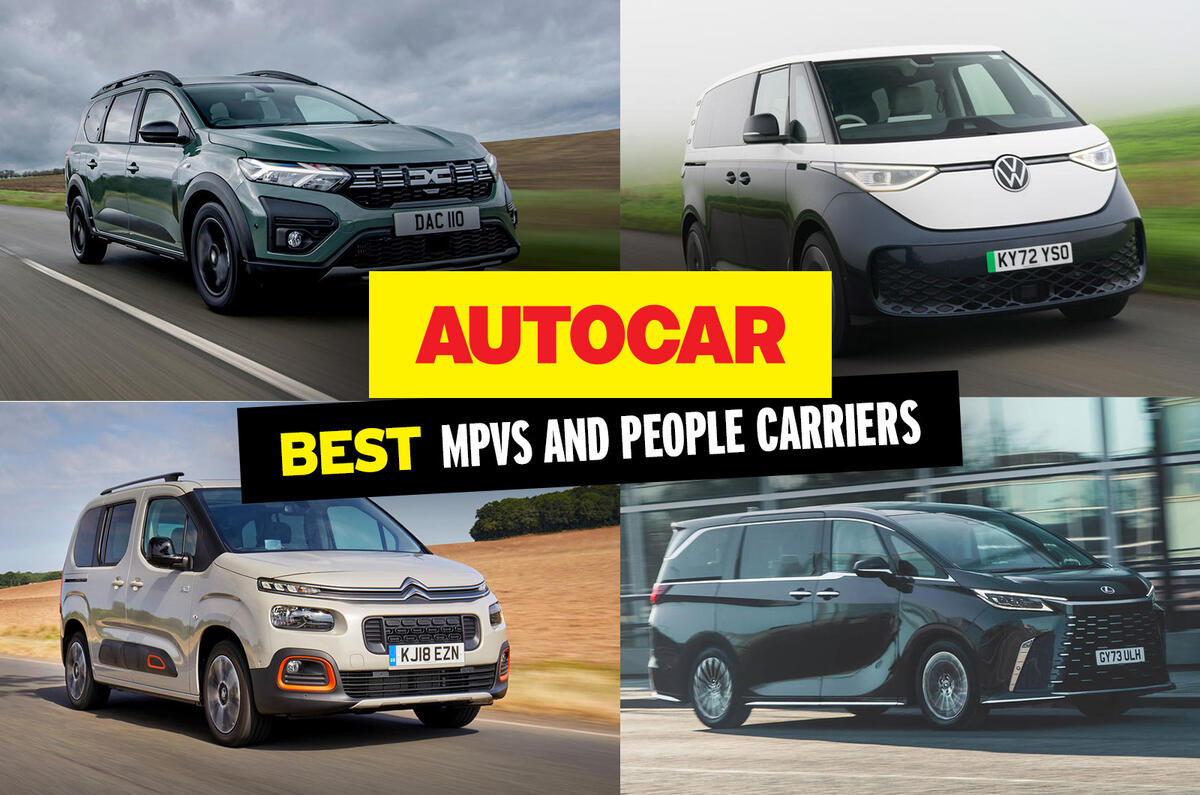
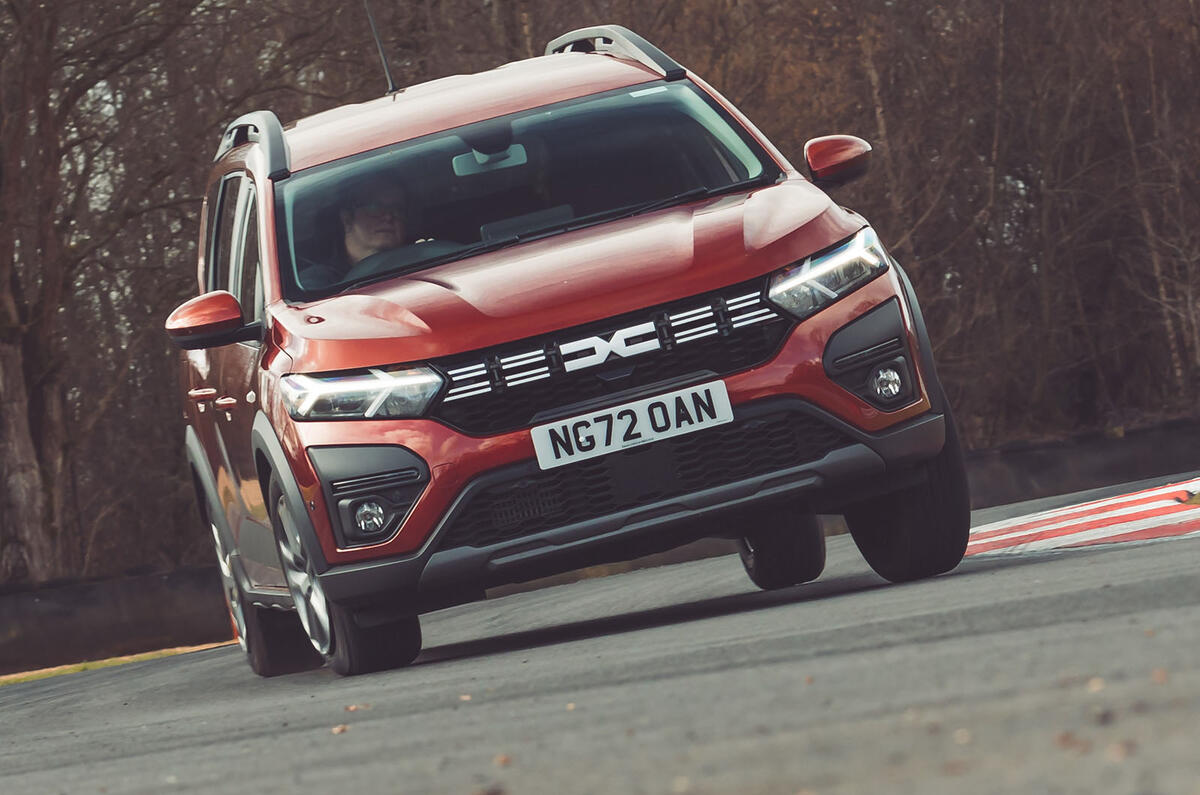
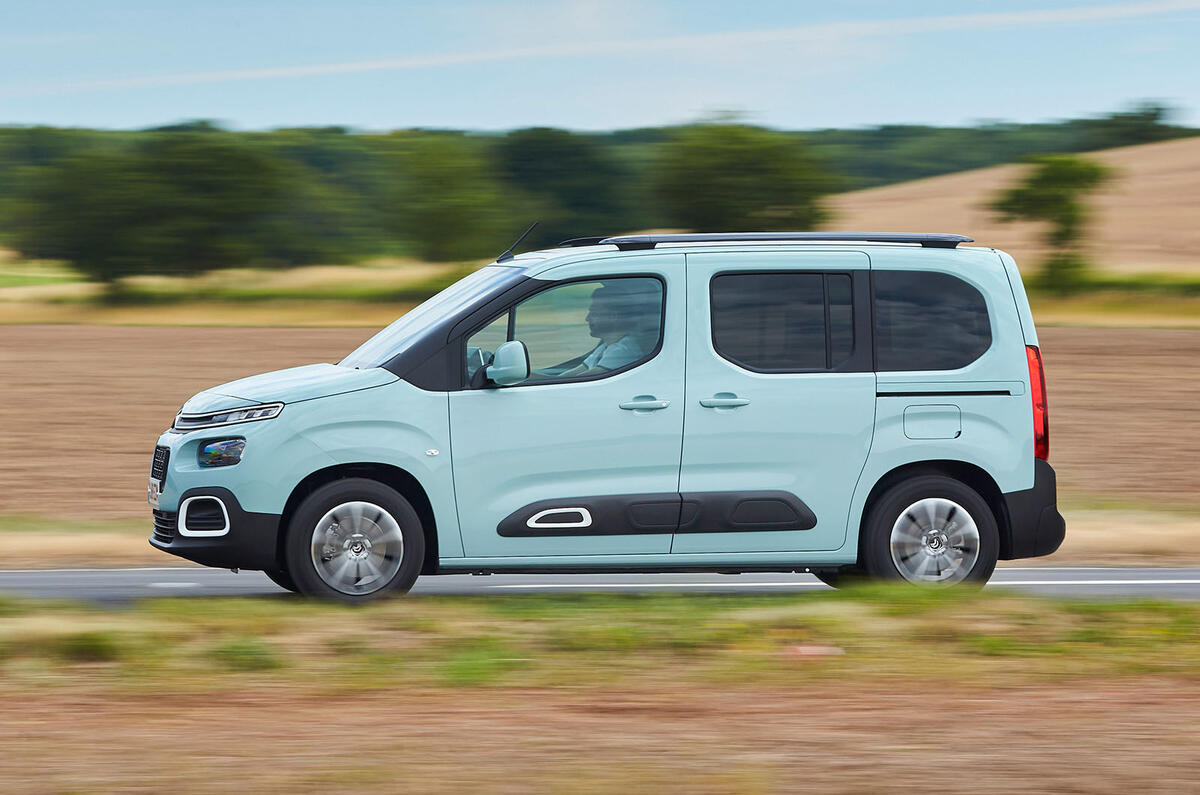
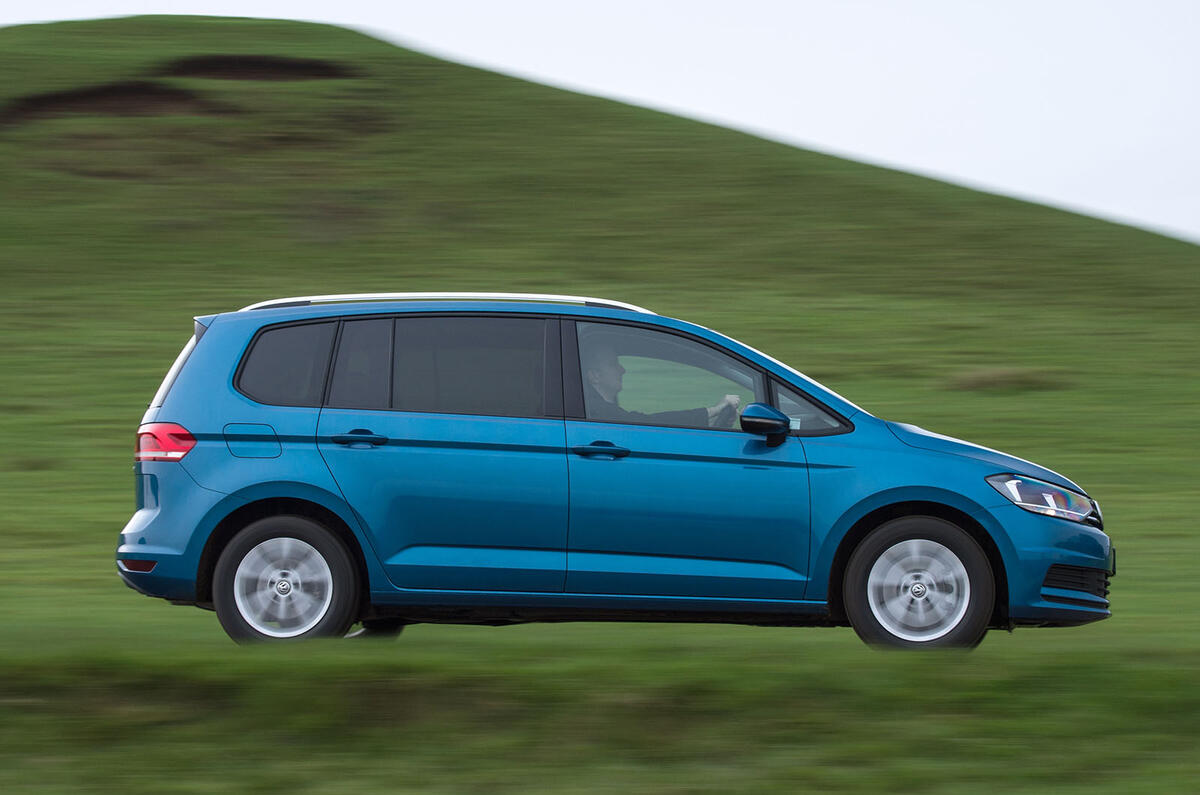

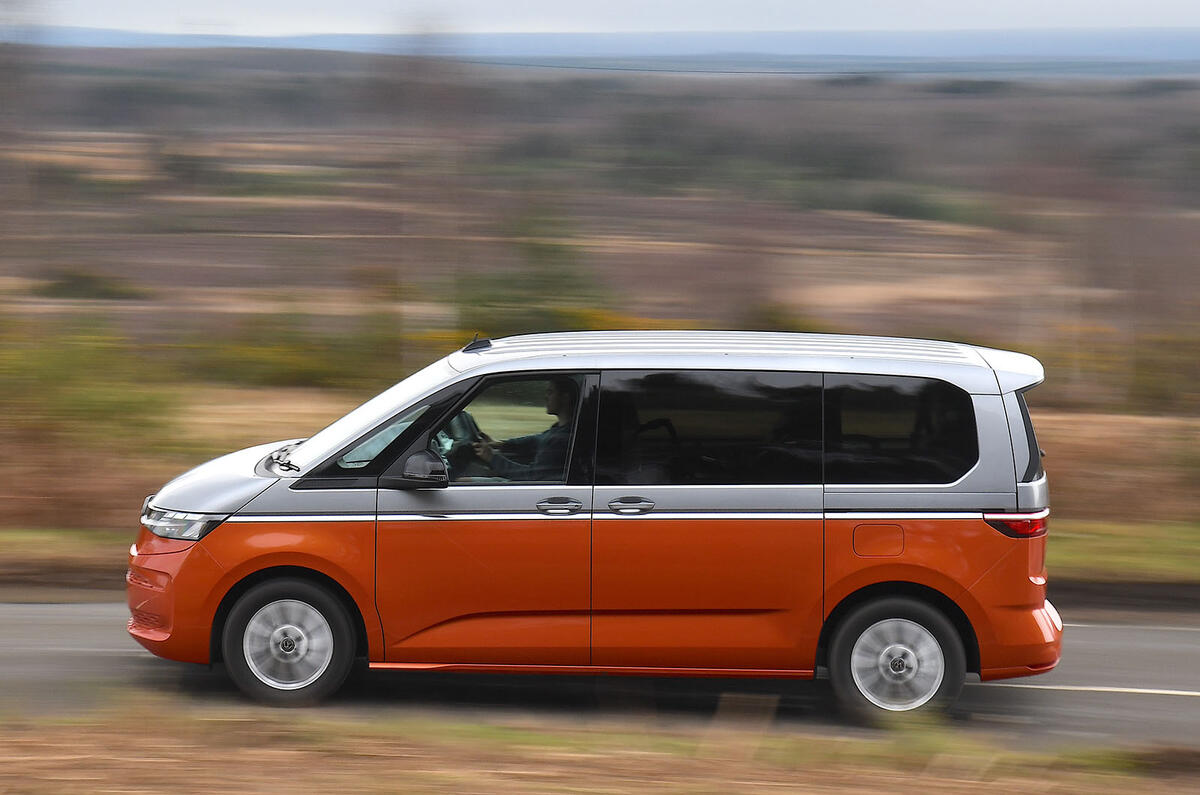
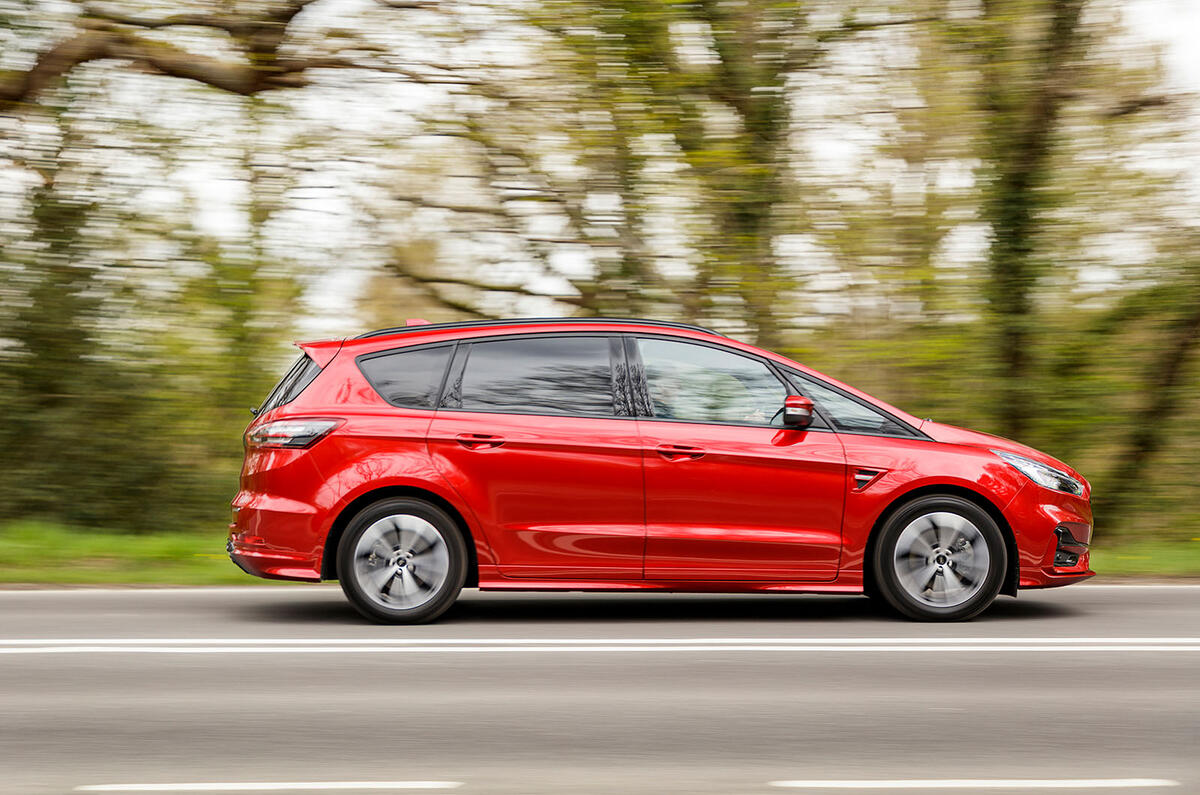



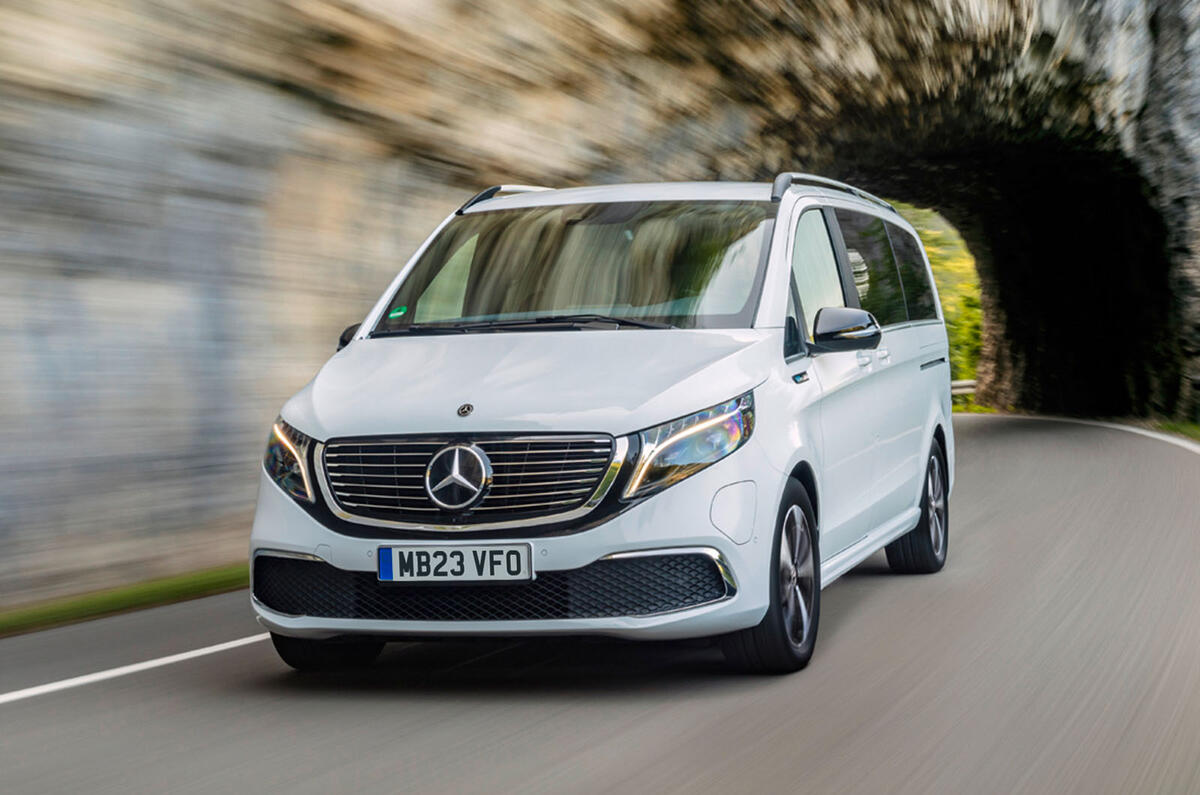













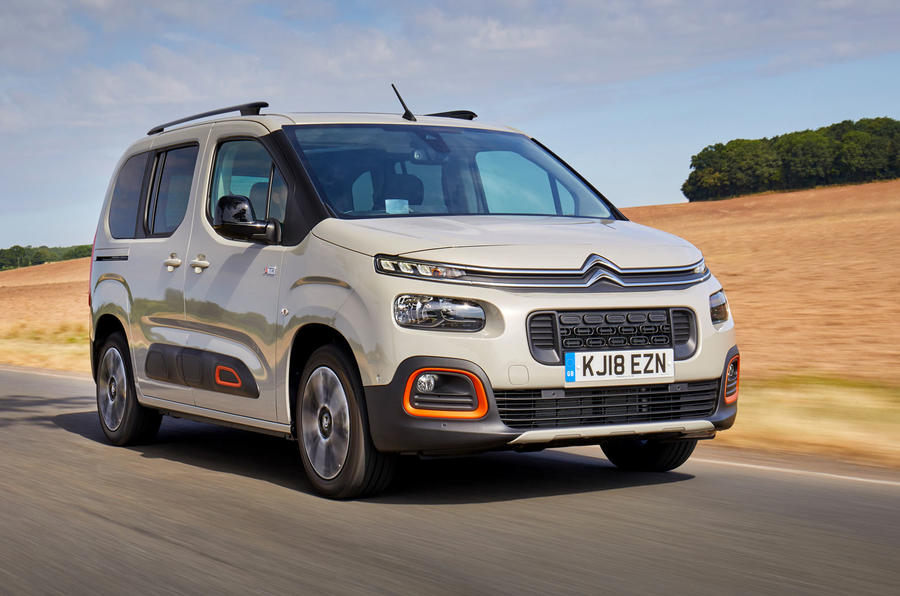
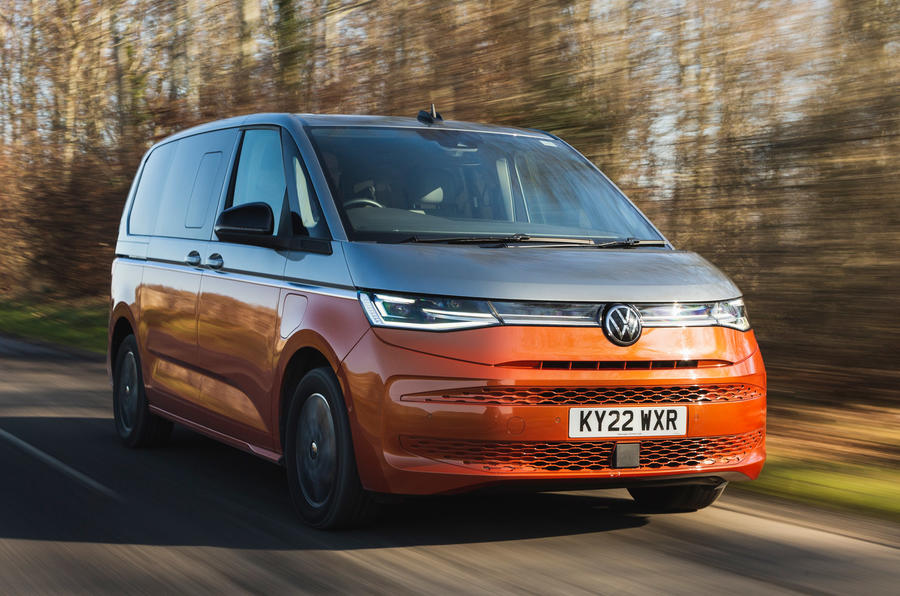
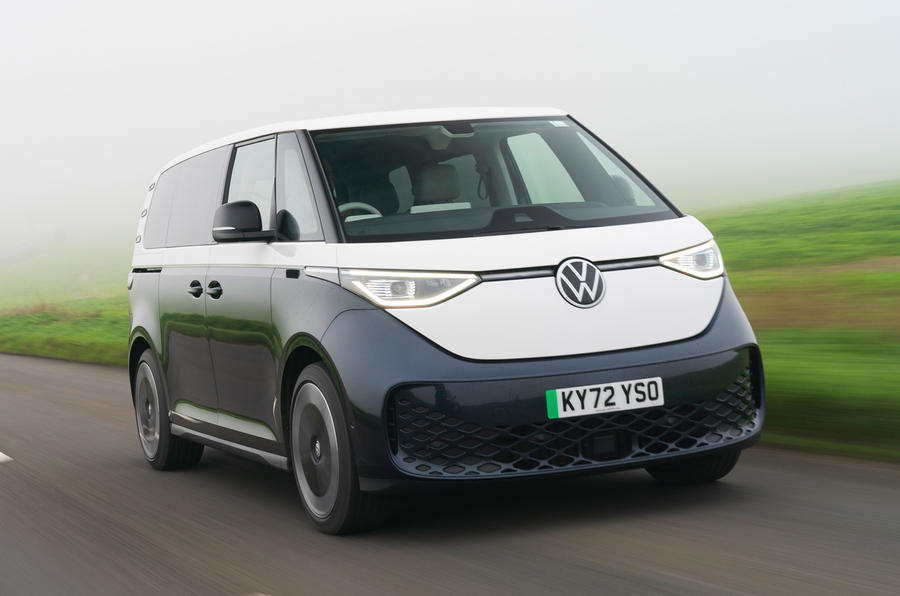
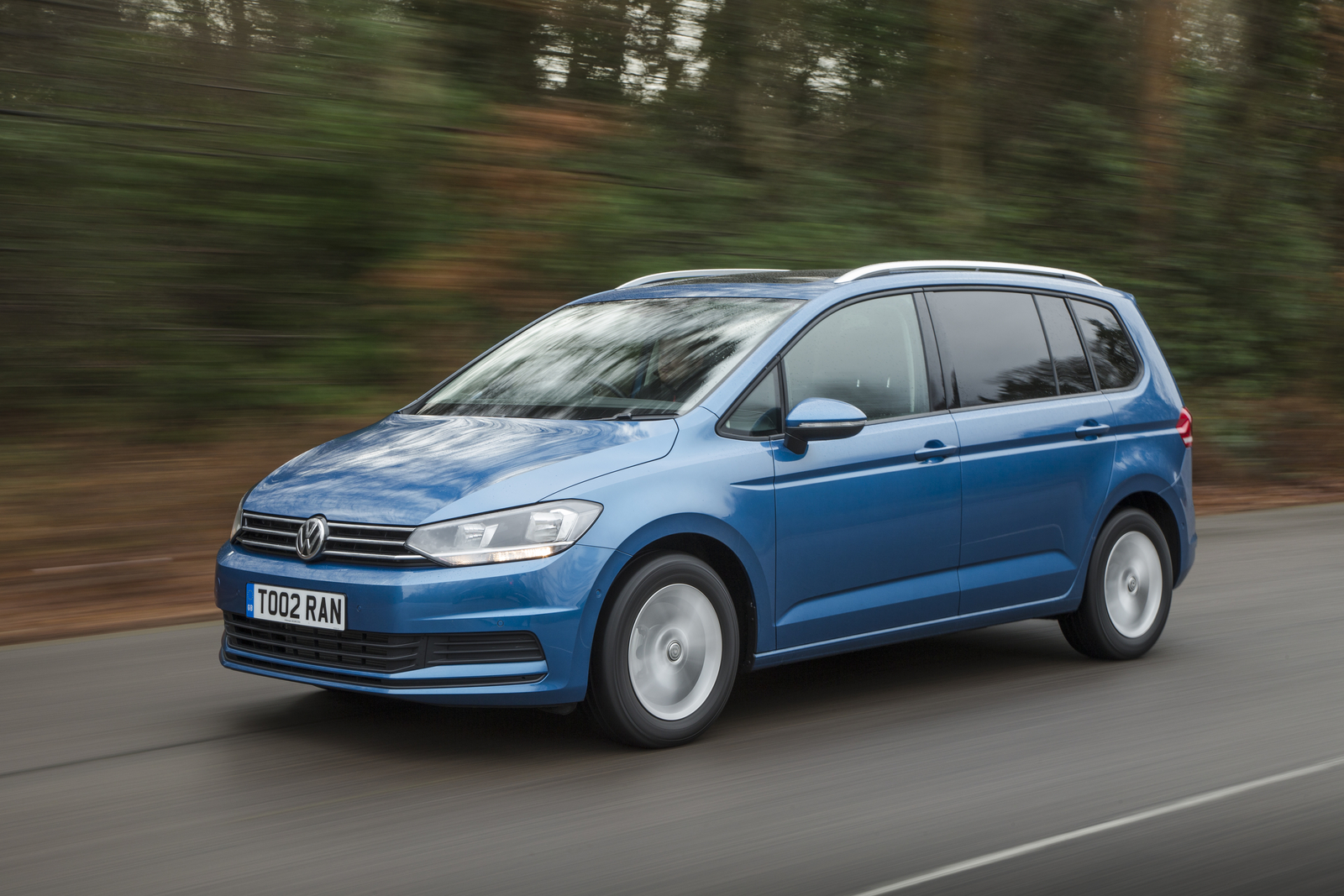
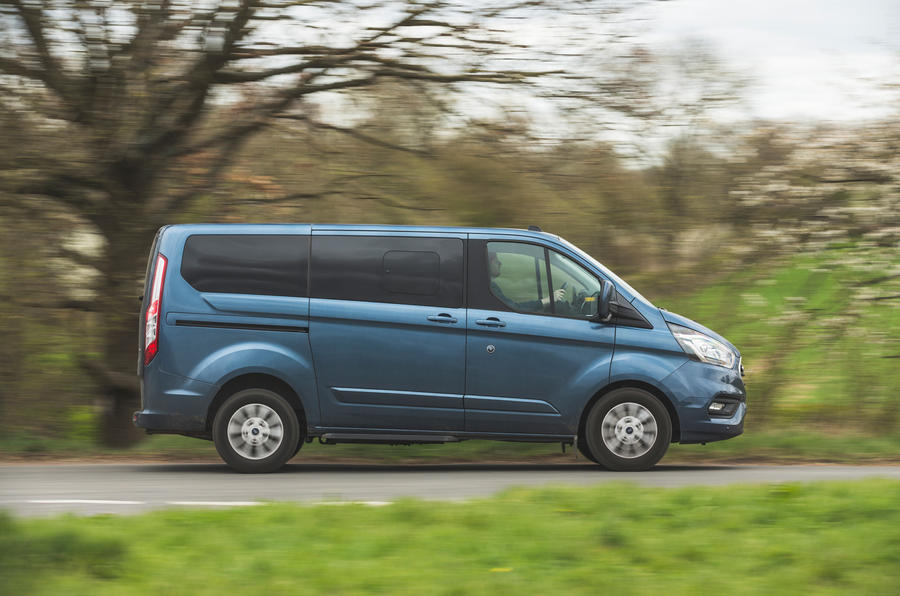
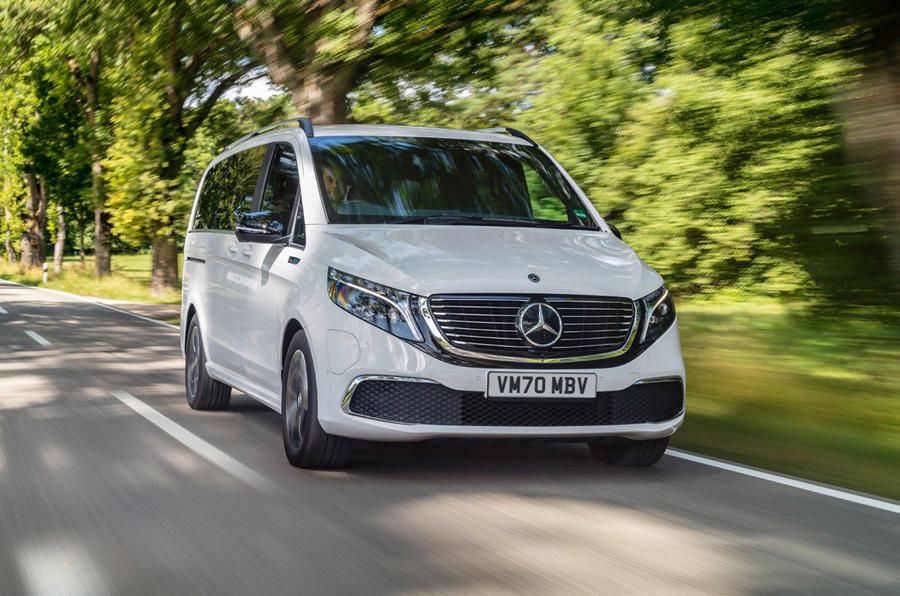

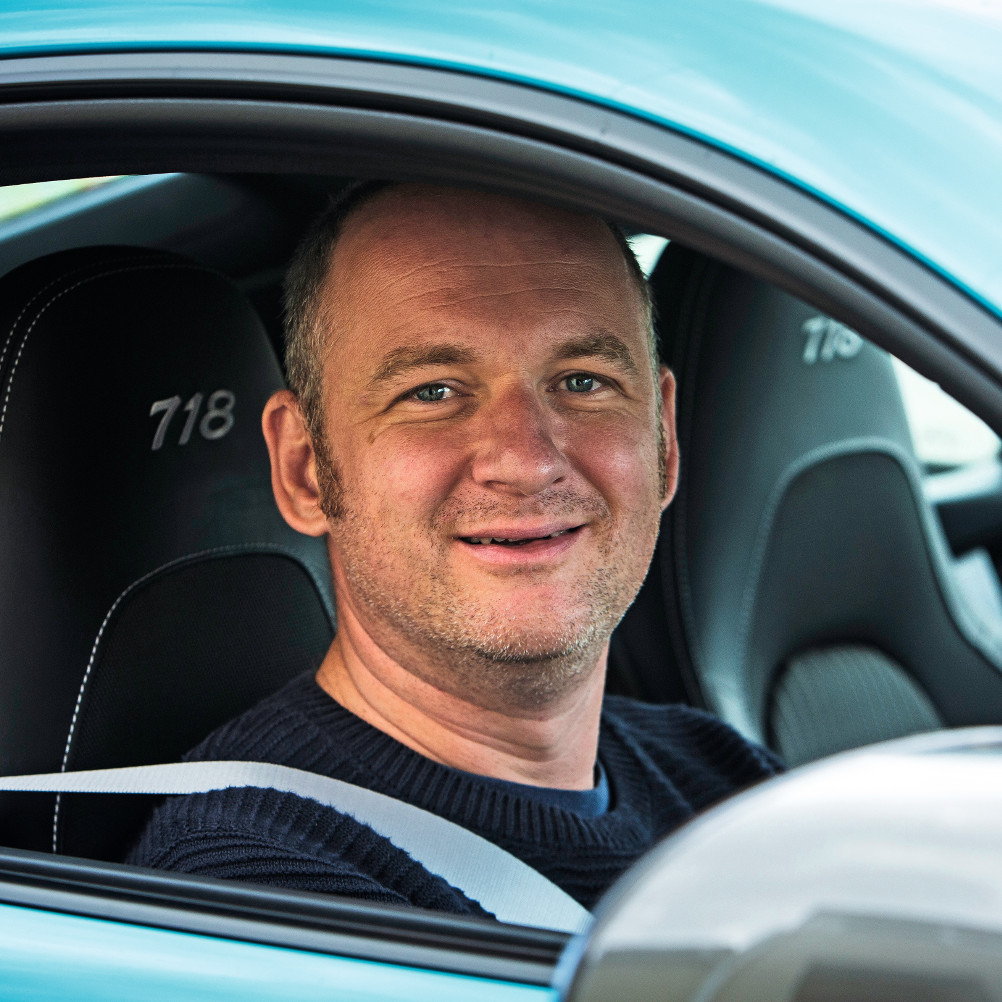

Add your comment